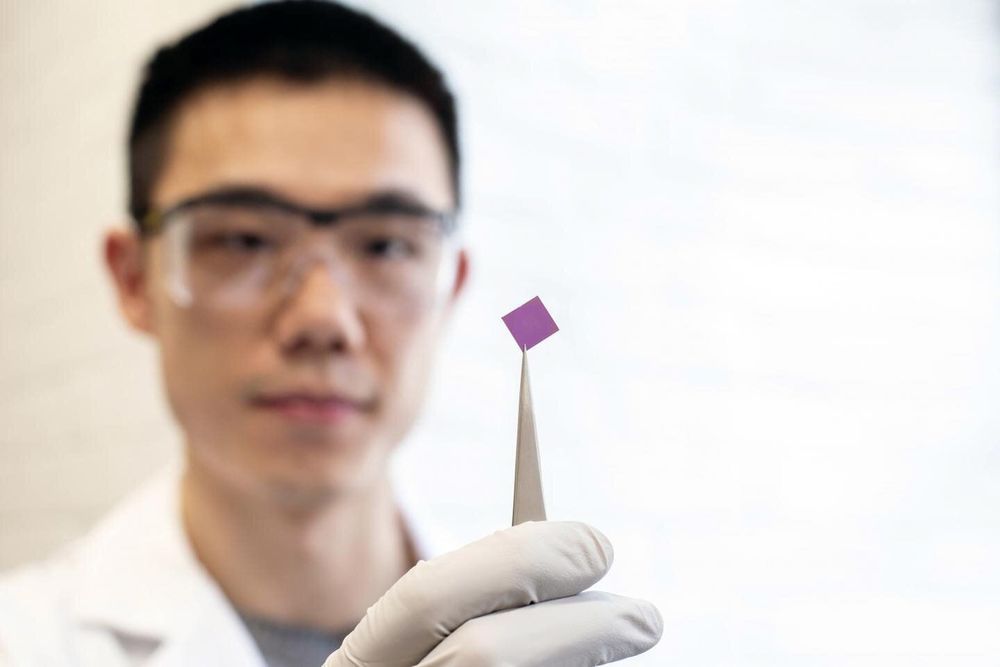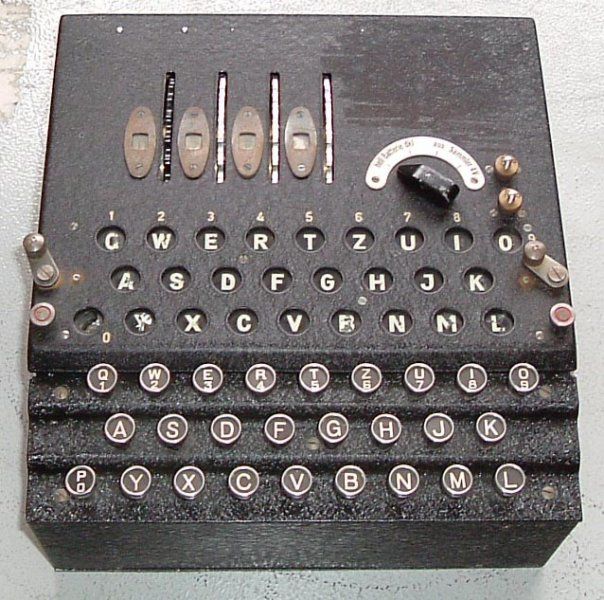Have humans become an indoor species? Given that Americans spend, on average, 93 percent of their time indoors, it would seem that we are indeed suffering from what some call “nature deficit disorder.”
We don’t need a fancy term to realize we might benefit from spending more time outdoors. Getting out for a gentle walk or a vigorous hike is likely to reduce stress, improve health, and increase emotional well-being.
If you spend much time on a computer, you probably reach a time in the day when you have so many browser tabs and programs open that your computer slows considerably. It’s time for a reset.








